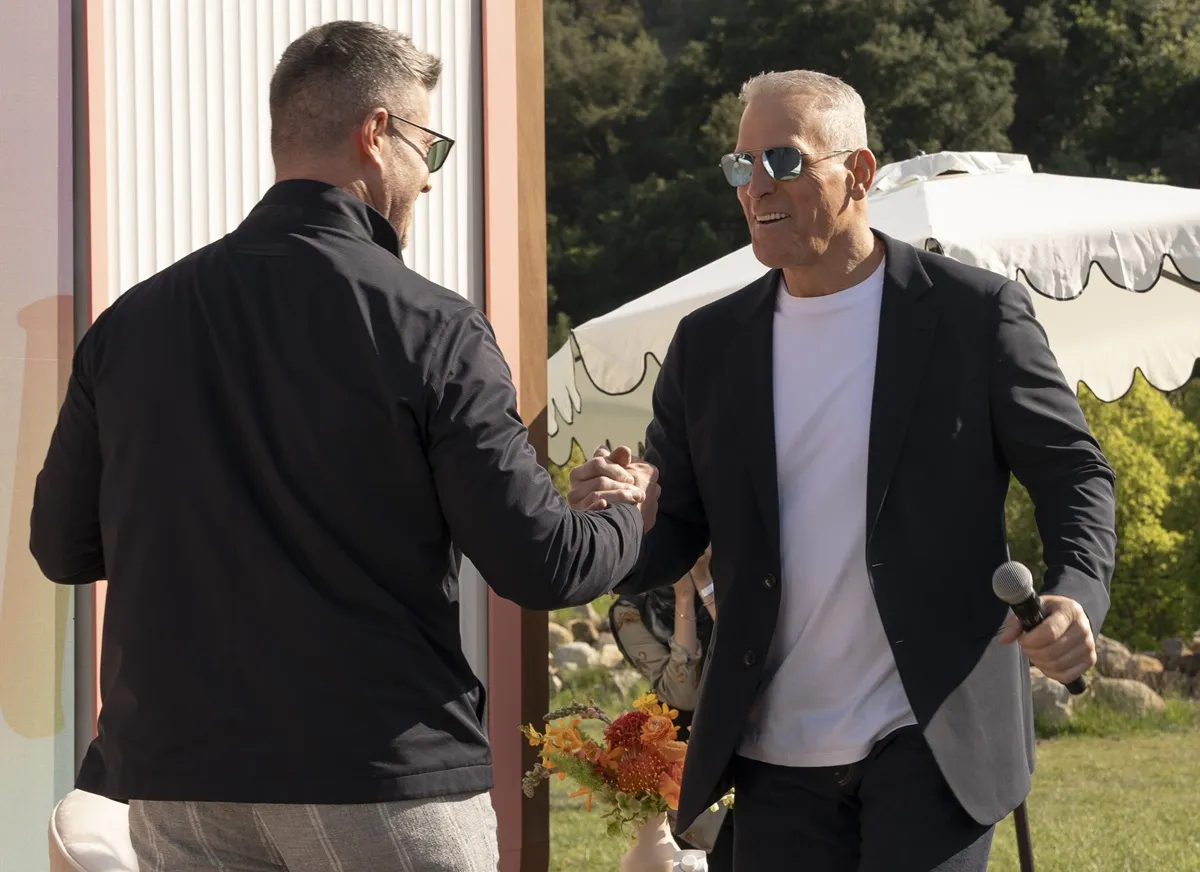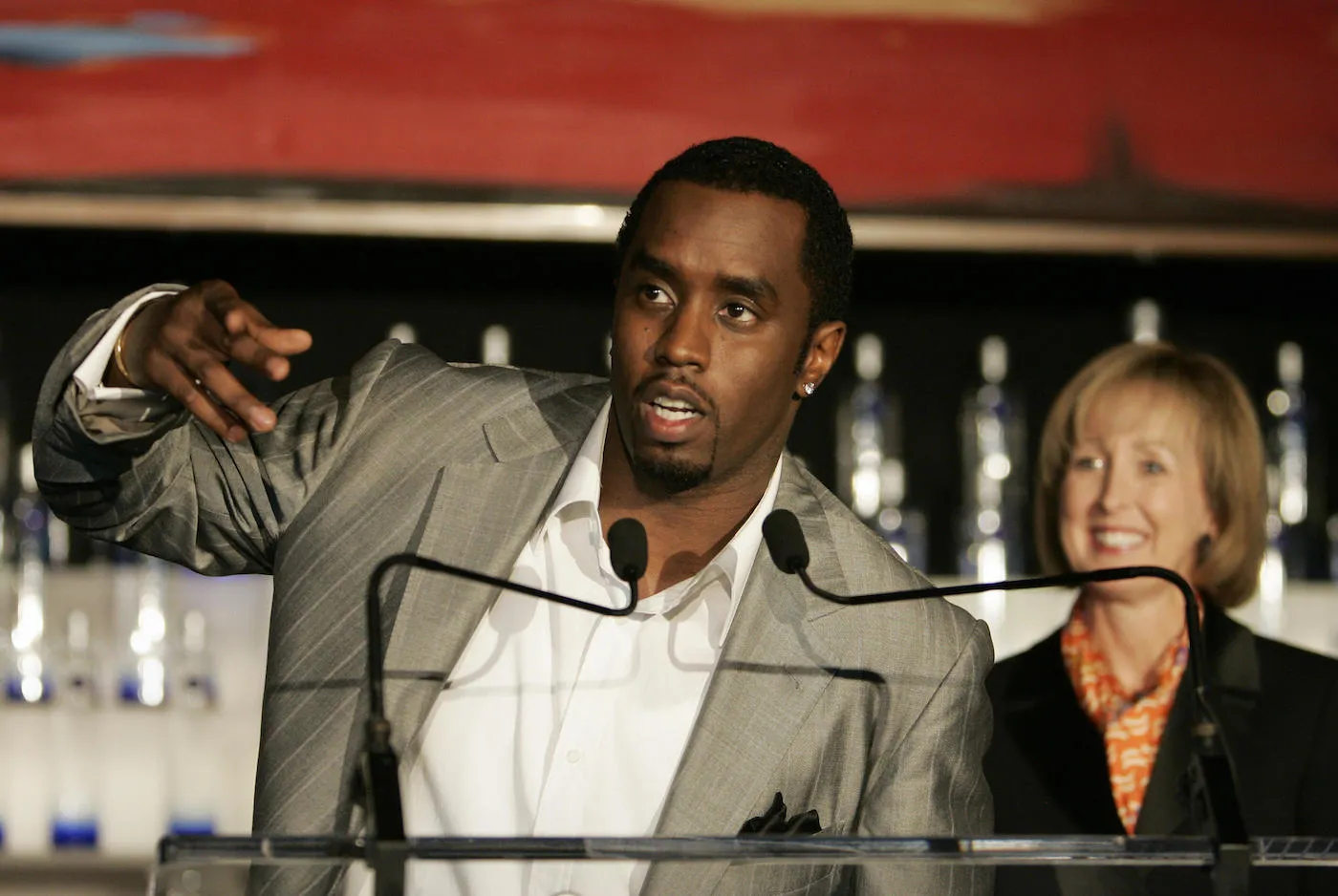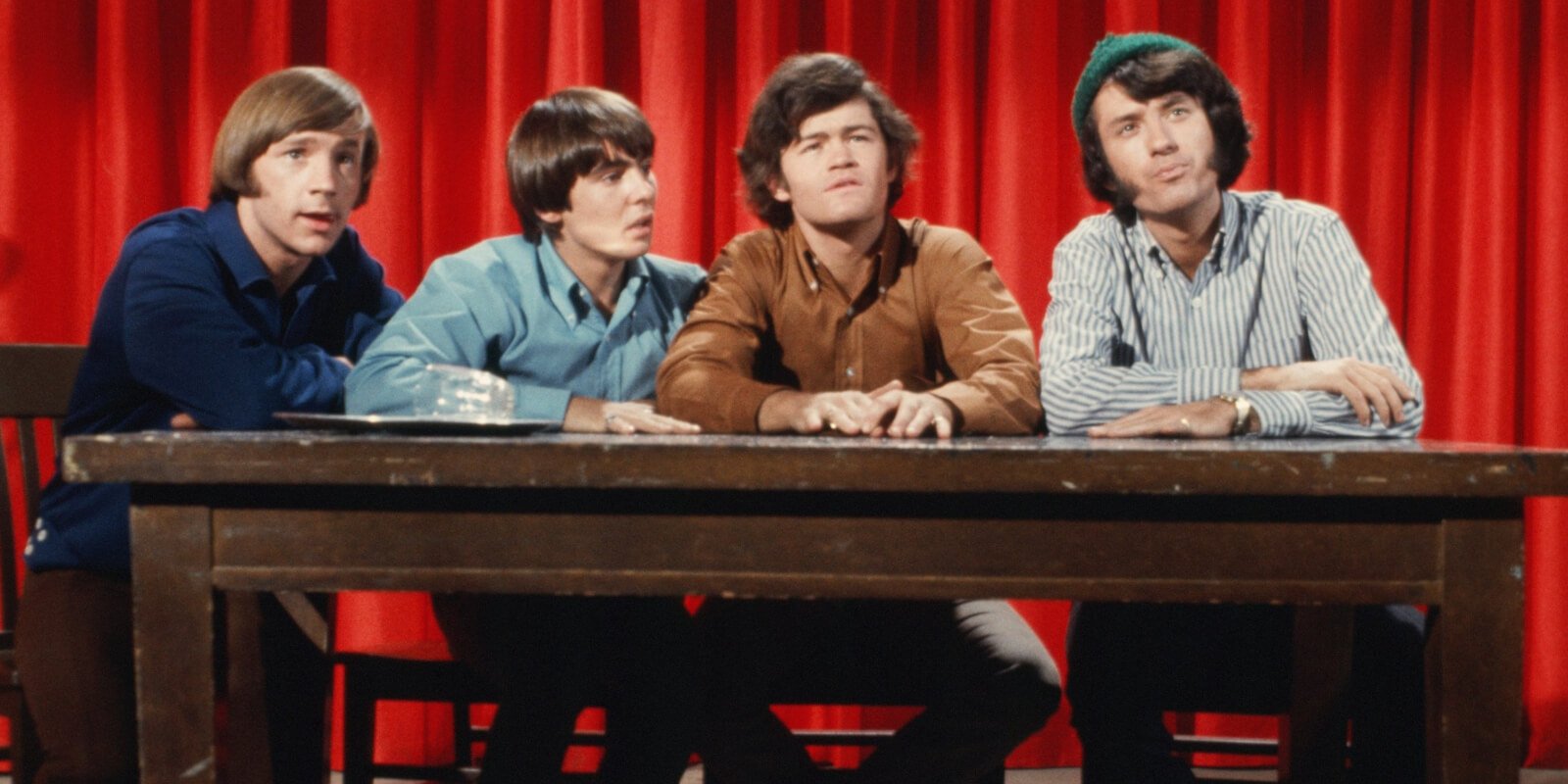
The Monkees Top 5 Boundary-Breaking Episodes Included a Beatles Tribute and The First Use of Hell on Television
The Monkees television series was groundbreaking for many reasons. In the 1960s, standards, and practices governed a set of policies that television series’ adhered to remain on air. The Monkees broke those boundaries throughout their two years on television. As they became bolder, the series pushed the envelope further, hidden behind slapstick comedy. Here are the top 5 boundary-breaking episodes of The Monkees.
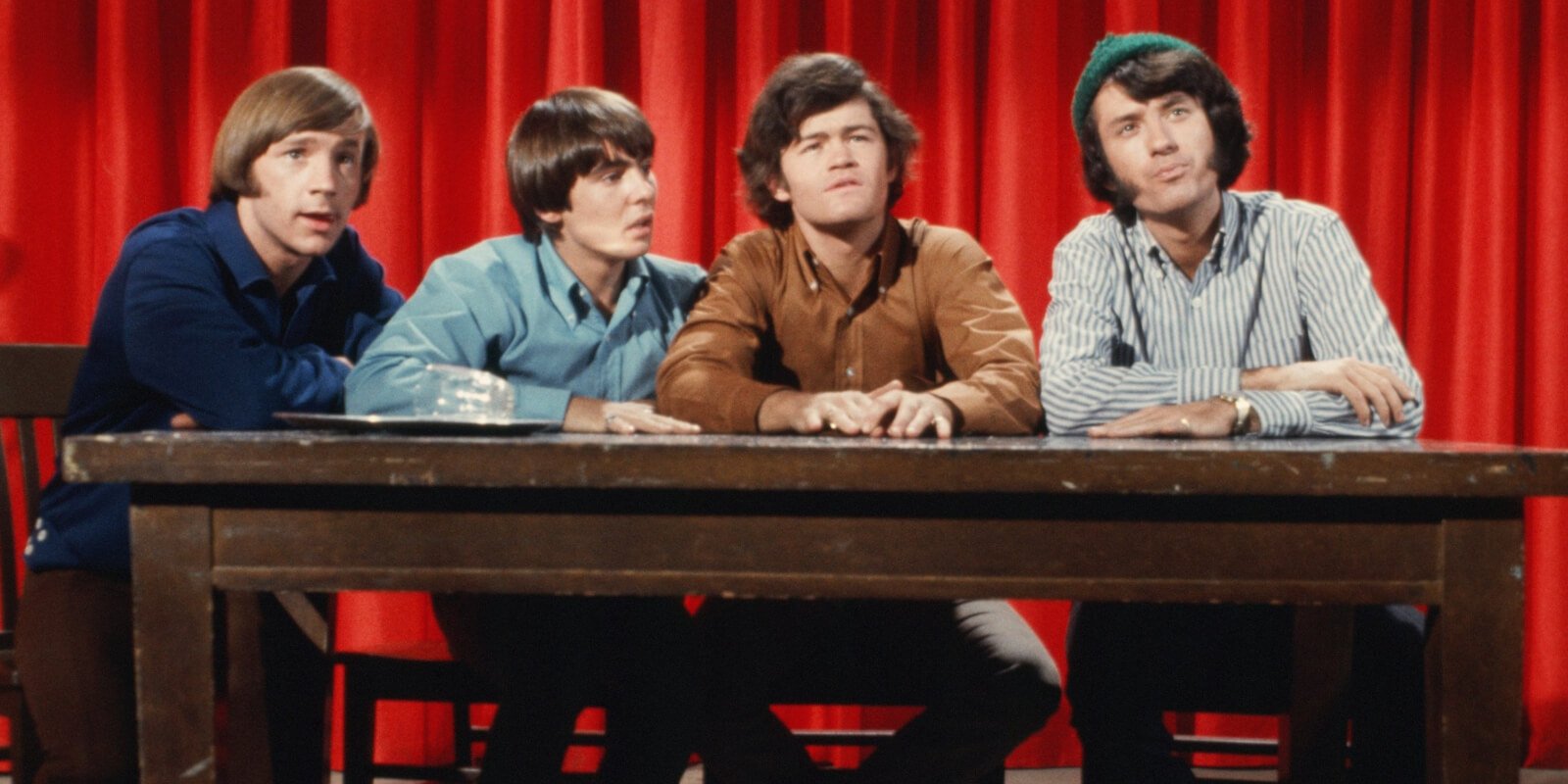
‘The Frodis Caper’ contained a not-safe-for-prime-time innuendo
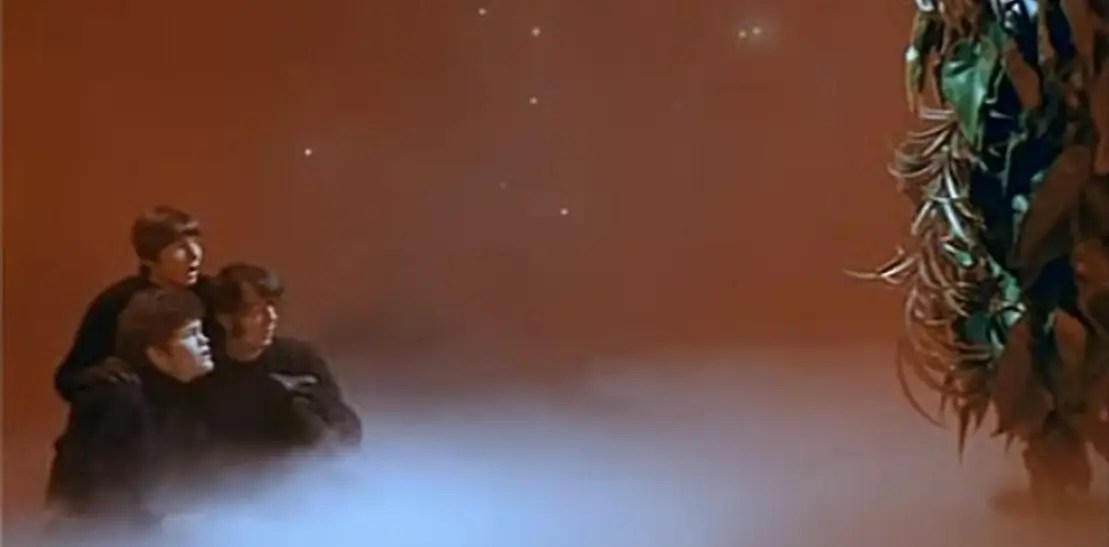
As The Monkees progressed into its second season, the producers added more timely innuendos that reflected the societal culture. This included not-safe for prime-time contexts to its scripts. Micky Dolenz once said of a reported drug reference in the series’ last episode, “I’ll let you work that out, folks.”
The Monkees aired its final episode, “The Frodis Caper,” on March 25, 1968. As its second season closed, Rafelson and Schneider allowed The Monkees to address counterculture issues of the late 1960s. However, these references were gentle in a way that wouldn’t ruffle the feathers of NBC’s censors.
Ultimate Classic Rock reported that Dolenz alluded to a not-safe-for-prime-time moment during the episode he directed. “The Frodis Caper” tells the story of the evil Wizard Glick (Rip Taylor), whose mission is to control people’s minds via their television sets.
The Monkees realize Wizard Glick captured a plant named Frodis he planned on using as part of his evil plot. They intend to save the foliage. Upon the plant’s rescue, it emits a cloud of smoke that calms Glick and his accomplices. Dolenz said of the episode, “I’ll let you work out that reference, folks.”
However, the subtle nod toward marijuana was unsafe for prime time in 1968. Therefore, it was hidden within a joke suitable for network television.
The finale episode was the first time a Beatles song was used on network television
“The Frodis Caper” is notable for using a snippet of a Beatles song from Sgt. Pepper’s Lonely Hearts Club Band. The first chords of “Good Morning, Good Morning” are heard as the second season finale begins.
During a Monkees Convention Q&A captured in a YouTube Clip, Dolenz admitted that during a visit to the recording studio where the Fab Four laid down tracks for the album, he heard “Good Morning, Good Morning” for the first time.
A Kellogg’s commercial inspired the John Lennon-penned tune heard as The Monkees awoke and the episode starts. Subsequently, this was the first time a network series ever used a Beatles tune.
The Monkees took on NBC’s censors by using an inappropriate word
In season 2’s “The Devil and Peter Tork,” Mike Nesmith, Peter Tork, Davy Jones, and Micky Dolenz had fun with NBC’s censors. They each slipped in a verboten word to see if it would be noticed.
Loosely based on the film The Devil and Daniel Webster, Tork sells his soul to the devil in the episode after finding an ornate harp in a pawn shop. But he realizes he can play it beautifully despite never touching the instrument before.
In the scene, Nesmith, Jones, and Dolenz try to explain the idea of hell to Tork. Television censors didn’t allow for the use of the word ‘hell” at that time.
However, when a cast member mentions “hell,” an off-camera toot censors the word so it can’t be heard. After Nesmith and Jones say the word in a sentence, Dolenz finishes the scene.
“You know what’s even scarier? You can’t say ‘hell’ on television,” jokes Dolenz, who looks at the camera as he says the verboten word. “The Devil and Peter Tork” ends with a music video for the Monkees’ song “No Time.”
‘The Monkees’ was the first series to lack this traditional television character
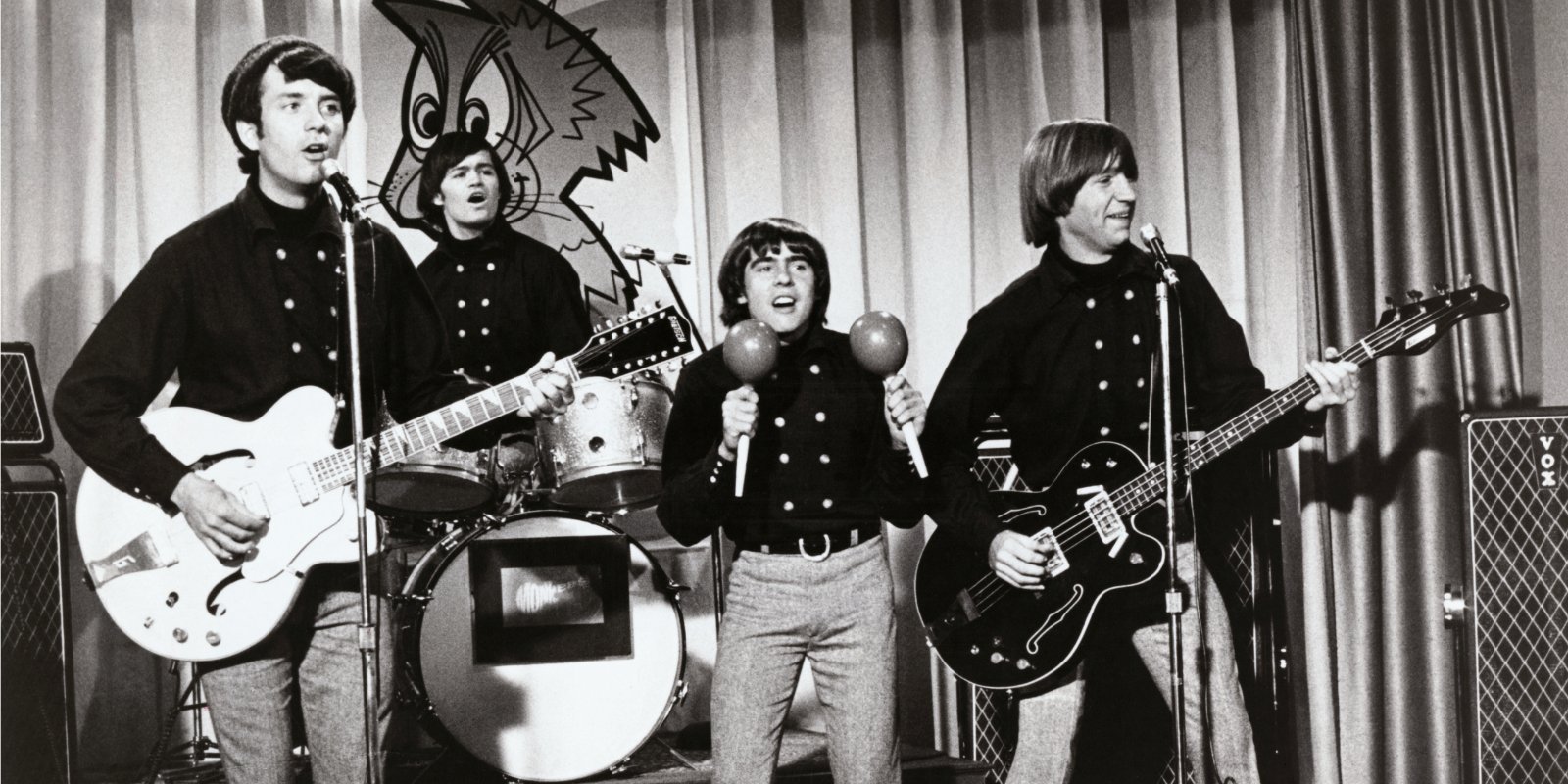
Throughout The Monkees television series, Dolenz, Nesmith, Tork, and Jones lived alone in a California beach house. But the show differed from other sitcoms of the late 1960s in that no parental figure existed in the series.
“It wasn’t Father Knows Best,” Schneider once said of the series, as reported by Letty Rydell. He continued, “It was the kids who know best. However, the heroes were young people, and the heavies were older people. For the first time in TV history, no parental or authoritative figures were telling the youngsters what to do.”
Not only was it one of the first family sitcoms lacking a father figure, but the characters used their real names and what appeared to be as close to their real personalities as permissible on television.
In ‘Dance Monkee Dance,’ Micky leaves the set to go to the writer’s room
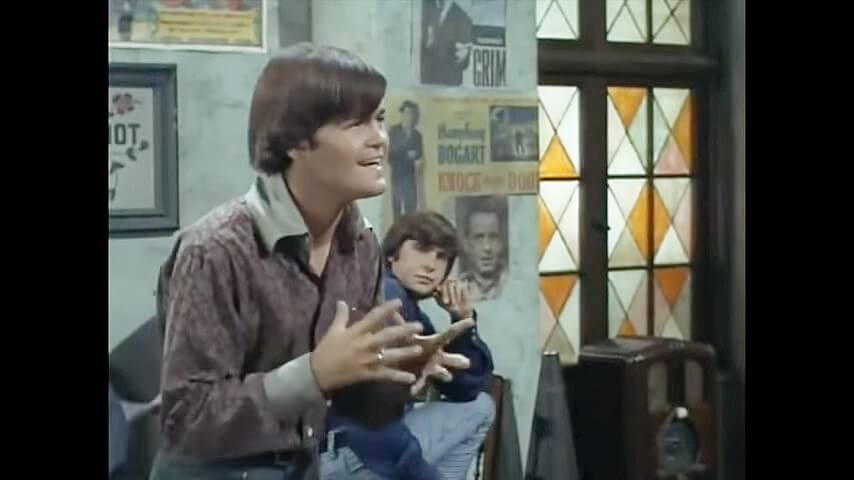
In “Dance, Monkee, Dance,” Micky Dolenz stops the show after being displeased with the script. He suggests to Tork, Jones, and Nesmith they need a brilliant idea. Dolenz walks off the set, passes the cameramen, and past the show’s offices to a room marked “Writer’s Room.”
He opens the door to a room where a group of older gentlemen in character as the show’s writers is seated around a table filled with manual typewriters. Dolenz asks the group to come up with an idea for the show. After they type up new lines, Dolenz looks at their efforts and tells the rest of the cast, “Man, this is terrible. These guys are really overpaid.”
The Monkees television series ran on NBC from 1966 through 1968 for 58 episodes and two seasons. Reruns of the series subsequently aired on both CBS and ABC throughout the early 1970s.
